The Sacred Wheels of Wisdom: A Journey Through Mandala Art
Hind MoutaoikiIR&D Manager
Tue Apr 29 2025

From the ancient temples of Tibet to the modern galleries of London, mandalas have captivated the human spirit for millennia. These circular cosmic diagrams—intricate wheels of wisdom—offer more than mere aesthetic pleasure. They speak to something deep within us, a recognition of order within chaos, of unity within diversity.
Long before you opened this page, dear reader, mandalas have been speaking their silent language to human hearts. From the snow-capped Himalayas to the bustling streets of London, these sacred circles have transcended time and culture, whispering secrets to those patient enough to listen.
In is this journey I wish to share with you now, this exploration of concentric circles and sacred symmetries that have guided seekers through the ages.
For the mandala is no mere decoration. It is a cosmic diagram, a blueprint of existence, a map that leads both outward to the universe and inward to your deepest self. In its perfect balance of form and emptiness lies a wisdom our modern world desperately needs to remember.
The Circle That Holds Everything
The mandala begins with a circle—the most perfect of shapes. No beginning, no end. Just as life itself flows in cycles of birth, death and rebirth, the mandala reminds us that all existence is circular in nature. The seasons turn, the planets orbit, our very blood pulses in rhythmic circuits through our bodies.
Have you ever watched the ripples form when a stone touches water? How they expand outward in perfect circles? There is profound wisdom in observing such natural patterns. They speak to us of universal truths that words alone cannot express.
A Mirror to the Soul
What you see in a mandala often reflects what dwells within your heart. Some notice first the intricate details, suggesting a mind that values precision and order. Others are drawn to the colours—the fiery reds that speak of passion, the cool blues of tranquility, the golden yellows of enlightenment.
When you gaze upon a mandala, what stirs within you? Is it a yearning for balance? A recognition of beauty? Or perhaps a glimpse of something ineffable that connects us all?
The Ancient Practice of Creation
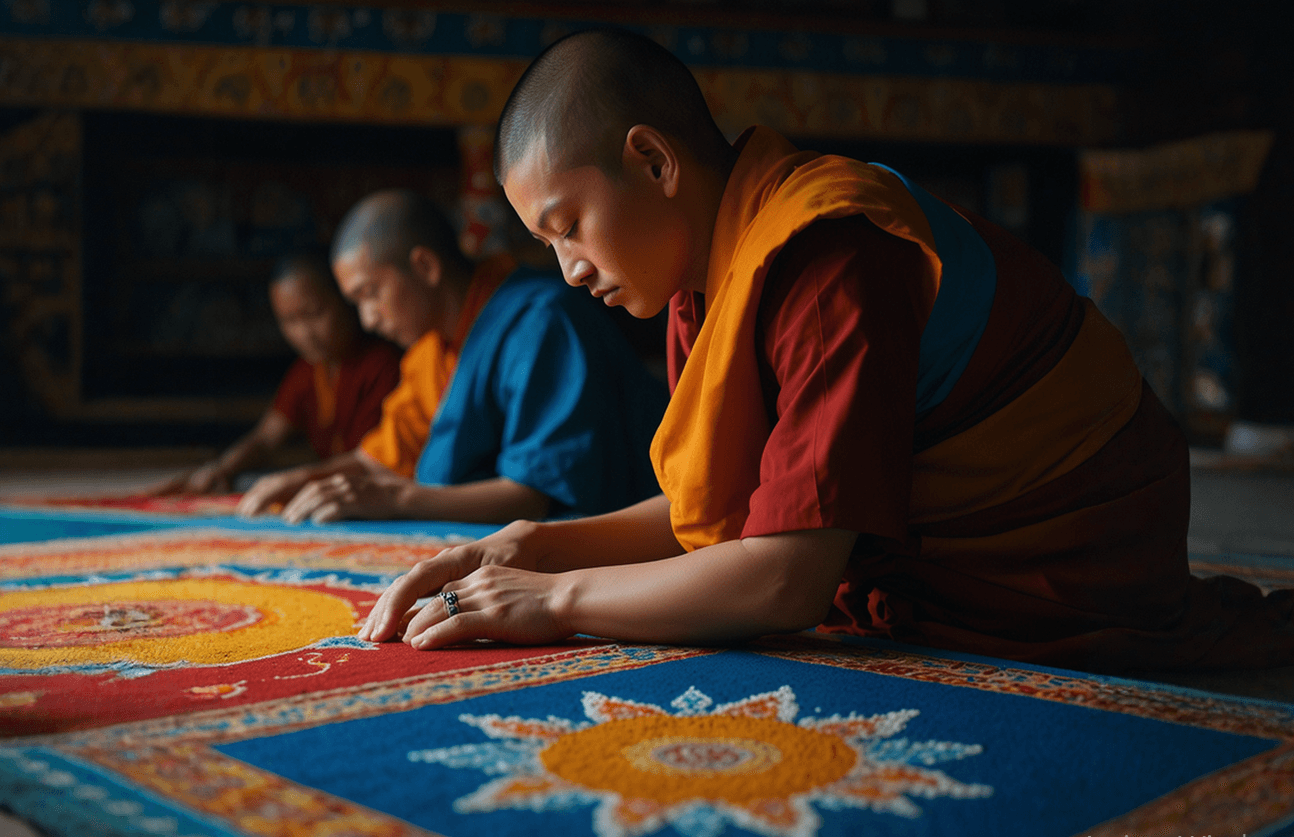
To create a mandala is to engage in meditation made visible. Tibetan monks spend weeks painstakingly arranging coloured sand grain by grain, only to sweep their creation away upon completion—a powerful lesson in impermanence.
In the busy streets of our modern world, where constant motion is valued above stillness, there is revolutionary wisdom in this deliberate act of creation without attachment. The journey matters more than the destination; the process more than the product.
Healing Circles for Troubled Times
In recent years, psychologists and therapists have embraced mandala creation as a healing practice. The act of drawing from the centre outward brings scattered thoughts to a focal point. Anxious minds find relief in the rhythmic, repetitive patterns. Fragmented emotions gather into wholeness.
Is it not remarkable that this ancient art form speaks so clearly to our contemporary struggles? Perhaps the wisdom of our ancestors remains as relevant today as it was centuries ago.
Beyond the Canvas: Mandalas in Daily Life
Look around you with awakened eyes, and you will discover mandalas everywhere—in the spirals of a sunflower, the symmetry of a snowflake, the architecture of a cathedral rose window. They remind us that sacred geometry is not confined to temples and art galleries but permeates our everyday existence.
When you arrange your dinner plate, do you notice how you naturally create balance? When you organise your living space, are you not creating order from the centre outward? These instinctive acts contain fragments of ancient wisdom we have never truly forgotten.
The Invitation
As our time by this metaphorical fire draws to a close, I invite you to carry the mandala's wisdom into your days ahead. Perhaps you will create one yourself, beginning with a humble circle on paper, allowing your intuition to guide the patterns that emerge. Or maybe you will simply pause to notice the mandalas that already exist in your world—the circular gathering of friends around a table, the wheel of the year turning through its seasons.
In a world increasingly fragmented and divided, the mandala reminds us of our fundamental wholeness. In its perfectly balanced design, we recognise our own potential for harmony. In its process of creation, we rediscover the meditative mind that modern life so often denies us.
The mandala whispers ancient wisdom to modern ears: All is connected. Nothing is permanent. Beauty arises from balance. And the centre—always return to the centre.
previous
The Symbolical Meaning of Elephants: Gentle Giants of Profound Wisdom
next
Philosophical Questions for Curious Minds: The Eternal Pursuit of Wisdom
Share this
Hind MoutaoikiI
R&D Manager
Hind is a Data Scientist and Computer Science graduate with a passion for research, development, and interdisciplinary exploration. She publishes on diverse subjects including philosophy, fine arts, mental health, and emerging technologies. Her work bridges data-driven insights with humanistic inquiry, illuminating the evolving relationships between art, culture, science, and innovation.
More Articles
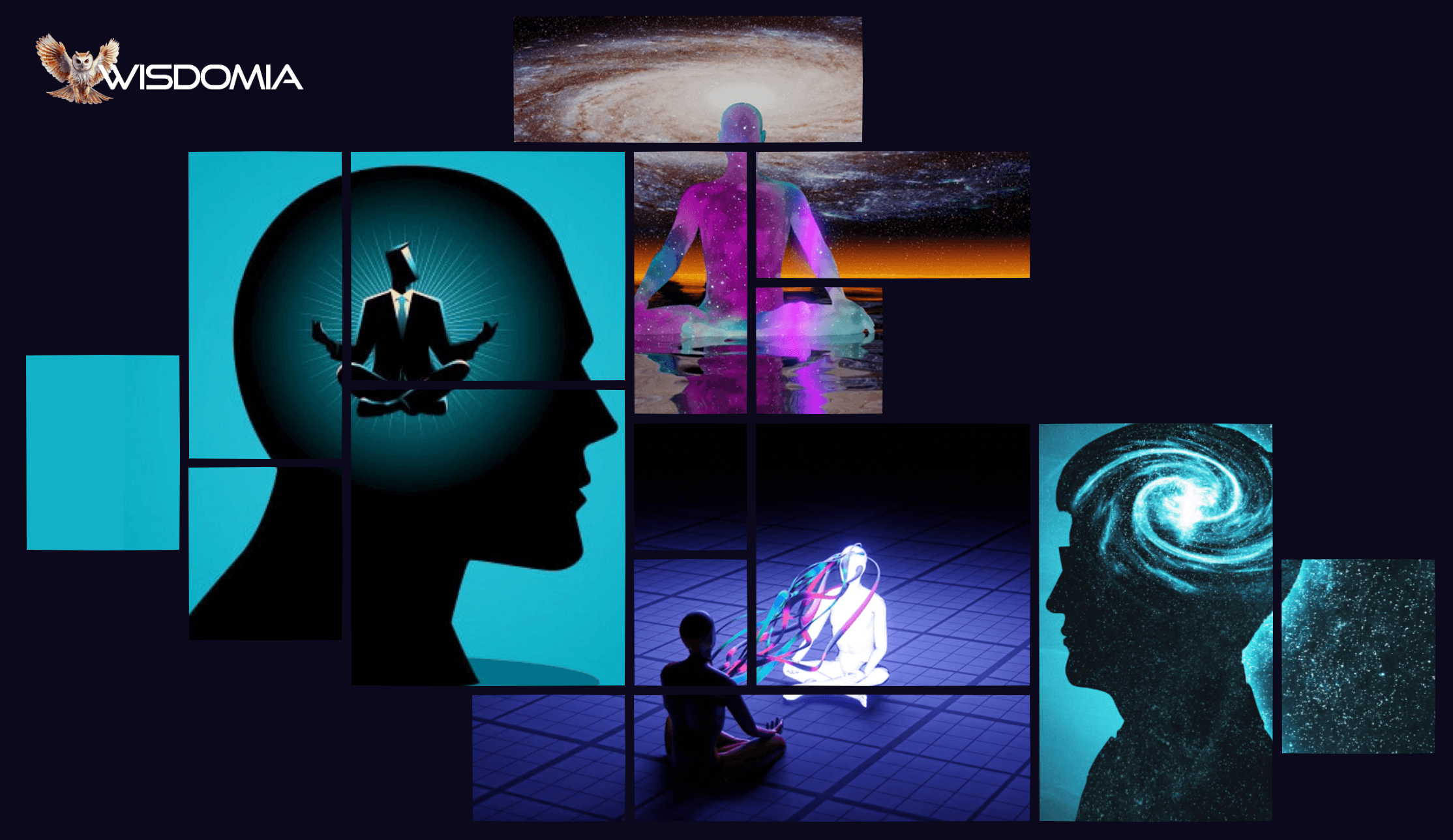
IQ, EQ and SQ: Why Education Ignores the Third Axis
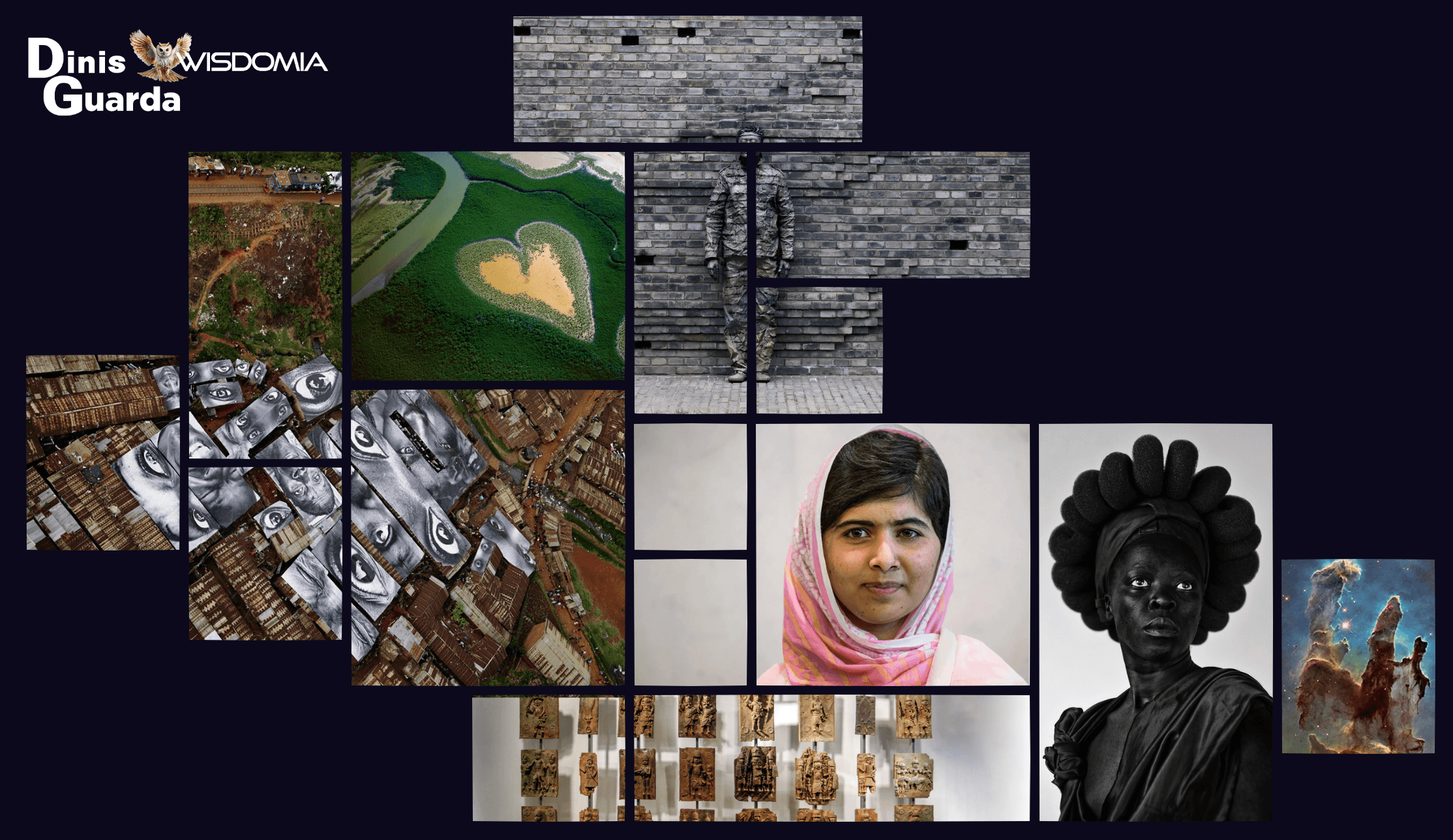
The Digital Convergence: When Images Became Everything, Everywhere, All at Once
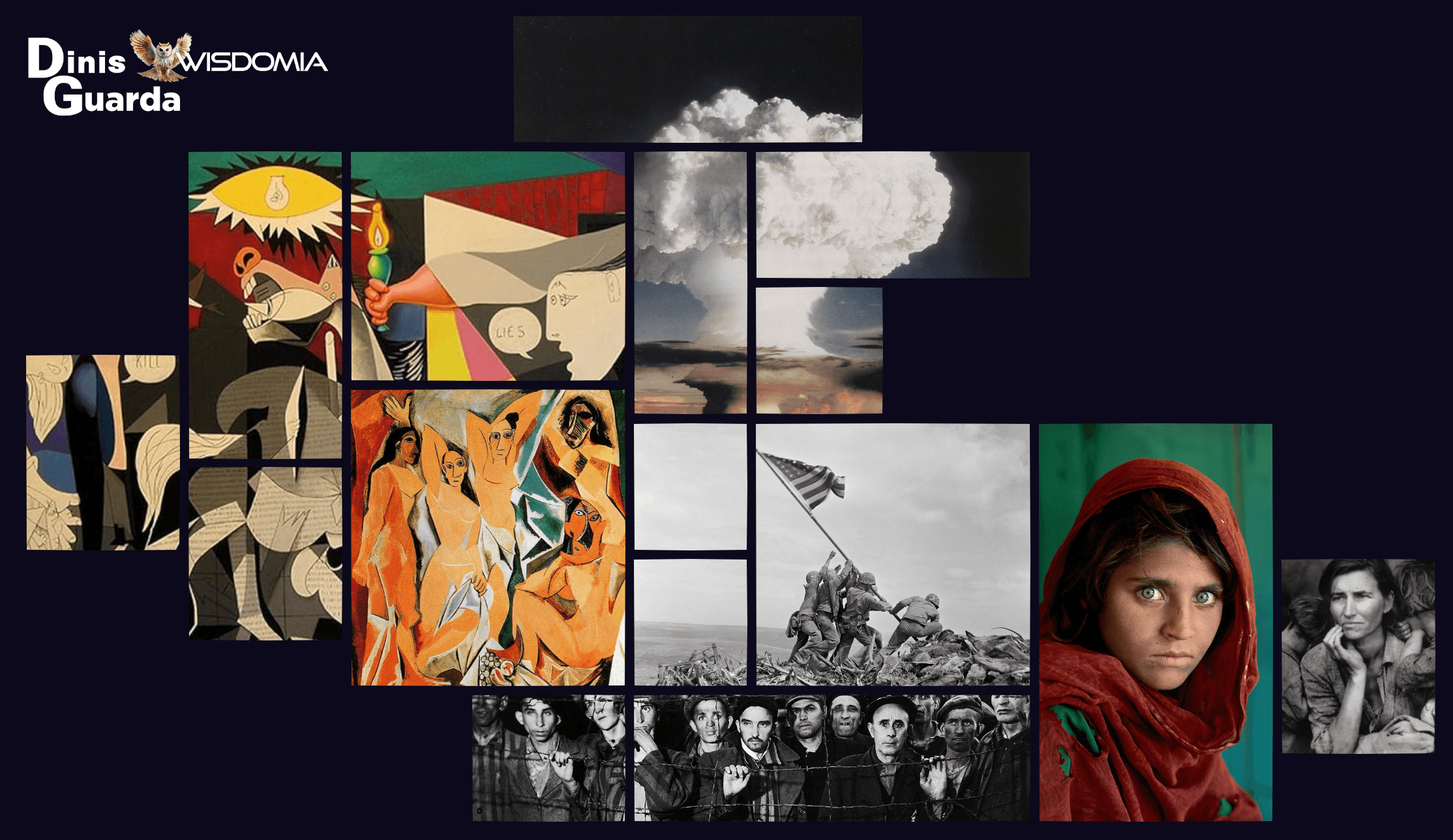
Modern Revolutions and the Digital Explosion: Images That Shattered and Rebuilt Reality
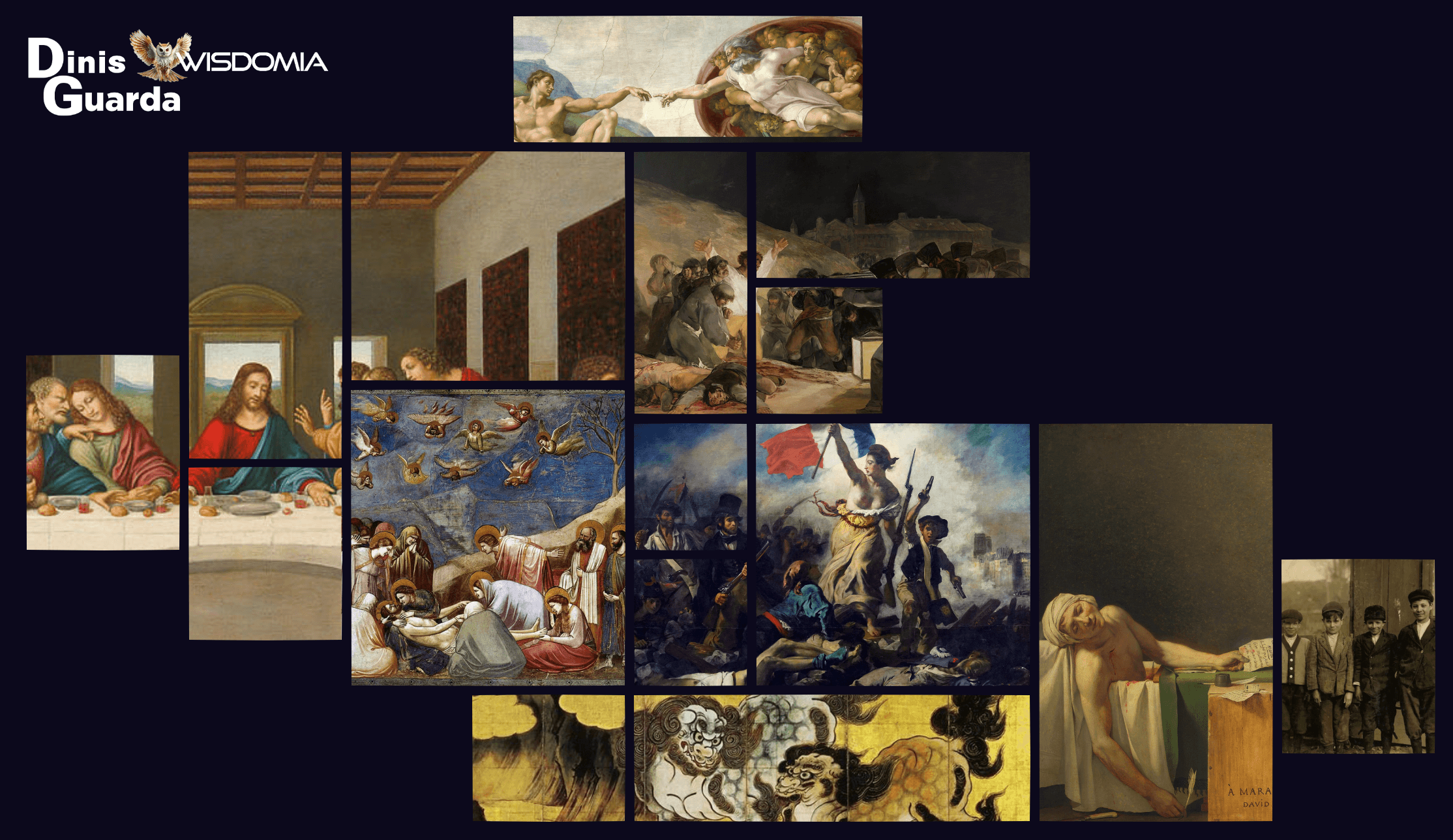
Renaissance Humanism and the Birth of the Modern Gaze: Images That Taught Us to See Ourselves
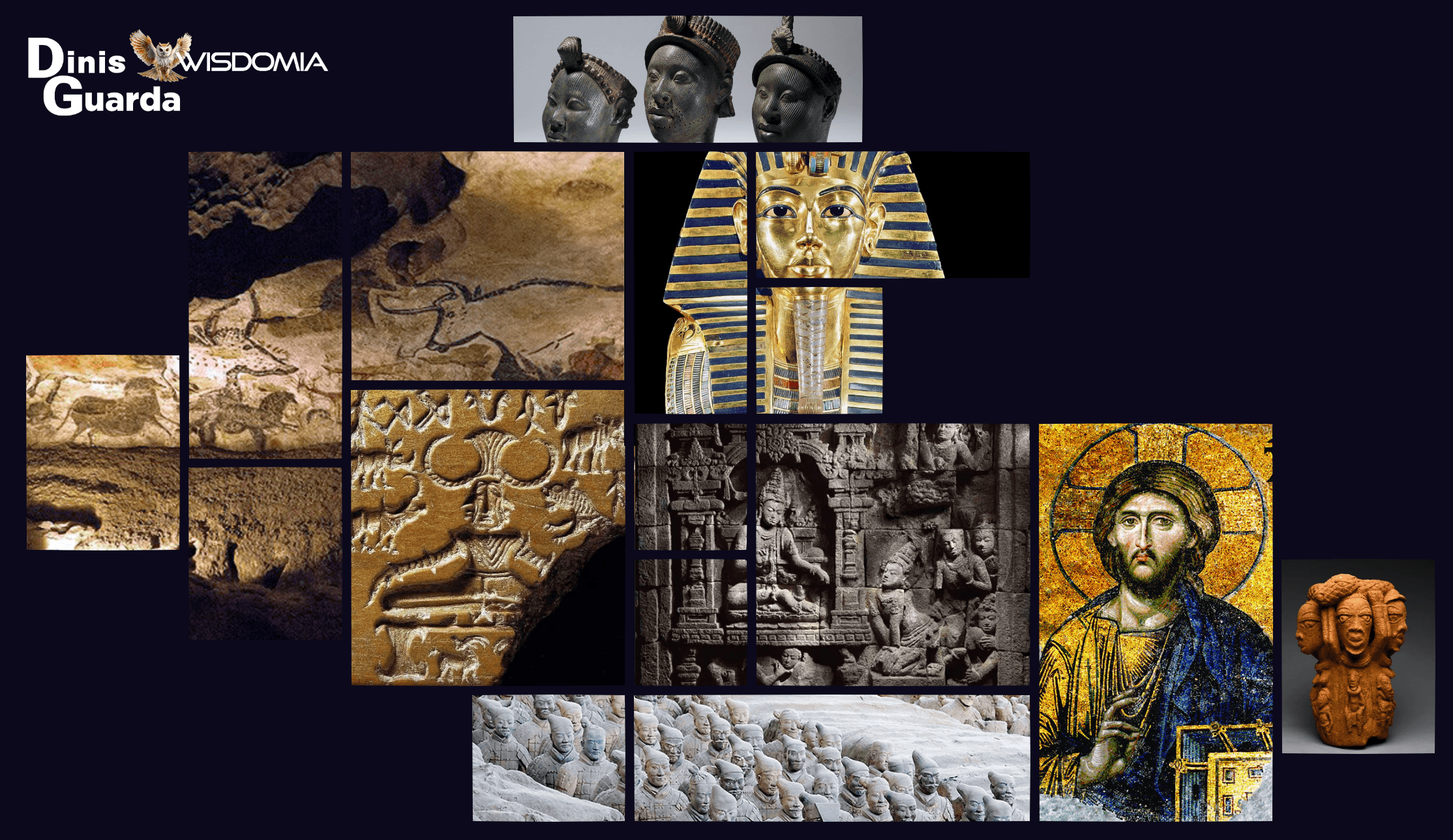
When Vision Becomes Destiny: The First 25 Images That Shaped Human Consciousness





